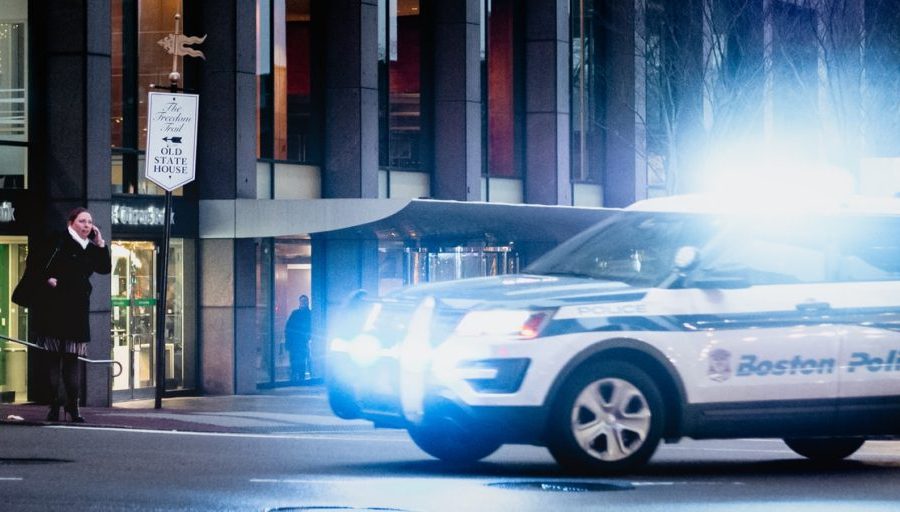2021 is when AI in public safety gets real
A perfect example of how “assistive” artificial intelligence–AI that aids first responders by highlighting information in real time–can make the public safer is a major traffic incident on the highway. Picture a scenario in which multiple vehicles have crashed, including a truck. This event can trigger dozens of calls from victims and passersby almost instantly, overwhelming 9-1-1 center staff.
As personnel input data, assistive AI might recognize one keyword that slips by the 9-1-1 center staff inputting the overwhelming flood of information–the truck involved in the crash is a “tanker,” which might necessitate a HAZMAT unit. That would change the type of resources dispatched, the way first responders arrive on the scene and their procedures once there.
Other keywords possibly lost in the chaos of the moment could similarly have enormous benefits if detected by assistive AI: a mention of a power line down could lead to an automated request for the utilities department, saving hours in getting power restored to affected areas. Even data gleaned from 9-1-1 calls about where the accident is on the highway could potentially save lives. Dispatchers can relay that highlighted information to the first responders, so they reduce response time and arrive on the scene quicker.
Over the last few years, AI in public safety has raised concerns due to opaque processes, questions of bias, and unfounded claims regarding its “predictive” powers to stop crime before it even occurs. Moreover, fully delegating the most critical, life-and-death emergency decisions to automation makes most of us uncomfortable—and rightly so.
These concerns have driven the creation of new assistive technologies and processes that reap the benefits of AI without creating issues concerning privacy. For instance, AI can now supplement first responders by helping them better understand complex events that are unfolding quickly. A significant accident is one example, but there are many others, like natural disasters—the 2018 Camp Fire in California spread seven miles in 90 minutes. By the time 9-1-1 center staff understood what was happening and connected with first responders in the field, it was already too late.
To read the complete article, visit American City & County.

















